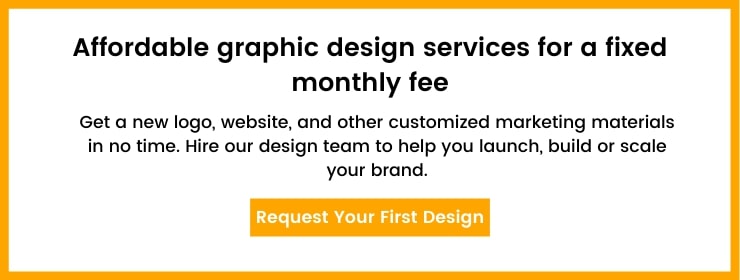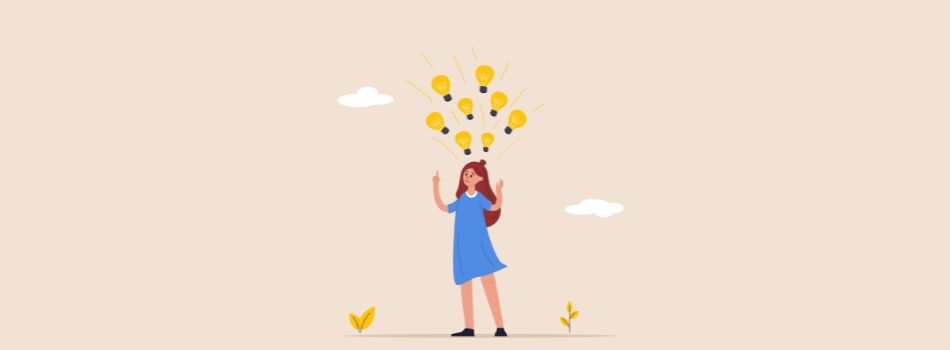There are many things that will cross your mind when you are designing your website – colors, fonts, layouts, user flow, etc. The key to managing these swirling ideas is to create a well-structured design brief.
You can use this document to clearly outline your vision, objectives, and requirements. However, you need to ensure that your brief is not just detailed but also effective in guiding the design process. That’s why we’ve put together this article – to help you craft the perfect UI design brief.
UI Design Brief Template
Before we dive into the proper format & structure of a web UI design brief, here’s a template you can download for free:
Project Overview
1. Project Name
[Write the name of your project]
2. Objective
[Clearly state the primary goal of the website. What do you want to achieve? (e.g., increase sales, improve brand awareness, provide information, etc.)]
3. Target Audience
[Describe the demographics, interests, and behaviors of your primary audience. Who are they? What are their needs and pain points?]
4. Project Scope
[Outline the overall scope of the project. What will be included? (e.g., number of pages, specific features, functionalities, etc.)]
5. Timeline
[Specify the timeline for the project, including major milestones and deadlines.]
6. Design Files
[Specify the final deliverables for the project. What files will you need to successfully launch and maintain the website?]
7. Budget
[What is the financial scope? How should resources be allocated?]
Design Specifications
8. Brand Identity
[Upload your brand style guide or mention in detail your brand’s visual and messaging standards, including preferred color schemes, typography, logo usage, tone of voice, etc.]
9. Usability Requirements
[List any specific usability or accessibility requirements.]
10. Functional Requirements
[Identify the essential features and functionalities that the website must include. What tools or elements are necessary for success? (e.g., search functionality, social media links)]
11. Technology Stack
[Specify the preferred technology stack, CMS, or any third-party integrations. What platforms or tools will be used to build the site?]
Competitor Analysis
12. Competitors
[List your main competitor’s website and mention what sets their design apart. What does it do well? Where do they fall short?]
Content Strategy
13. Content Outline
[Provide an outline of the website’s content. What types of content will be included? (e.g., blogs, product descriptions, case studies)]
Additional Notes
14. Additional Information
[Add any other relevant information or existing documents that might be helpful for the design team.]
15. References
[Are there any other website UI design examples or inspirations to guide the design process?]
Summing Up: Web UI Design Brief
A good UI design brief is essential for transforming your ideas into a cohesive, user-friendly website. It lays the foundation for clear communication and efficient collaboration. However, writing a solid design brief is just the beginning. The real magic happens when you have a talented design team to bring that brief to life.
If you’re looking for your dream team, just sign up for our unlimited graphic design services. We’ll help you design and develop your entire website – all for a fixed monthly cost. No hidden fees, no headaches, just high-quality designs.





Submit a Comment